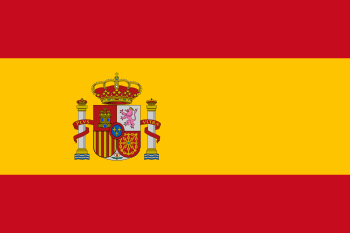Bibliotheca Antiquitatis!*
Most of our members will probably now be aware that the English Library has recently become the proud owner of an online catalogue: probably the institution’s greatest leap into the technological age since the installation of a telephone in 2011! A small group of volunteers has been working tirelessly since last autumn to record the library’s large collection of books and DVDs, and, although the work is still ongoing, a number of categories including Fiction and DVDs have been completed, and are now available to consult online. In the future, we are hoping to facilitate the reservation of books from home, and eventually a computerised check-in/checkout system.
As an Egyptologist I am quite at home digging around in the dirt, and as a musicologist and archivist I have spent incalculable hours inhaling the dust of centuries while rummaging through the priceless music manuscripts preserved in Europe’s many public and private collections. As a result, it has been a thrilling experience to catalogue our library’s collection of classic and antique books. No barcodes to click on and upload to the database here: every item has had to be individually recorded manually, with details including title, author, publisher, publication date, together with a record of any handwritten inscriptions contained within. The small shelf of ‘antique’ books in the reading-room bearing a note explaining that they are all that remain of the original library could not be further from the truth! Between the bookworm-induced itchy eyes and sneezing I have uncovered literally hundreds of volumes containing the bookplates of Mary O. A. Boreham and her husband Walter Long Boreham, the instigators of the original Orotava Library and major financiers of the beautiful Anglican Church down the road. Many of these books also contain Mary’s signature, and bear witness to her wide and eclectic reading preferences: drama, history, poetry, politics and religion, to name but a few.
 Uncovered treasures so far include first editions of George Bernard Shaw’s The Irrational Knot [1905] and Saint Joan [1924], a copy of Pierre Gusman’s Pompei: The City, It’s Life and Art [1900] that contains hand painted plates, and the Complete Works of Edmund Spenser [1877], and a collection of volumes on Dante dating from the 1880s. More up-to-date, but of no less value historically, is a complete set of the Reader’s Digest magazine published during World War II and covering the period 1939-46. Staying with that conflict, the library also holds the 9th volume of The Illustrated War: Complete Record of the Conflict by Land and Sea and in the Air. This fascinating volume comprises issues 206 (May 1945) to 230 (April 1946) of a monthly magazine containing detailed articles and photographs from around the world chronicling the progress of the conflict.
Uncovered treasures so far include first editions of George Bernard Shaw’s The Irrational Knot [1905] and Saint Joan [1924], a copy of Pierre Gusman’s Pompei: The City, It’s Life and Art [1900] that contains hand painted plates, and the Complete Works of Edmund Spenser [1877], and a collection of volumes on Dante dating from the 1880s. More up-to-date, but of no less value historically, is a complete set of the Reader’s Digest magazine published during World War II and covering the period 1939-46. Staying with that conflict, the library also holds the 9th volume of The Illustrated War: Complete Record of the Conflict by Land and Sea and in the Air. This fascinating volume comprises issues 206 (May 1945) to 230 (April 1946) of a monthly magazine containing detailed articles and photographs from around the world chronicling the progress of the conflict.
Wealthy ladies of the late 19th and early 20th centuries were advised to carry “Pocket books” in their purses. These were intended to be read on long train or coach journeys, or perhaps in the drawing room whilst the men had their after-dinner cigars and brandy. Usually reprints of classics, the library owns six such volumes, one of which, Oliver Goldsmith’s The Vicar of Wakefield is dated 1888. However, the award must go to a small volume entitled The Life of King Arthur: From Ancient Historians and Authentic Documents. This “curious work now offered to the world” was written By Joseph Ritson, and published by Payne and Foss in London in 1825, and is the library’s oldest item (to date!).
Who knows what rarities may yet be awaiting discovery on a forgotten top shelf. I will, of course, keep everyone posted! And in the meantime, don’t forget to have a look at the new catalogue. You will find a link button at the top of our homepage.
*Library Archaeology!
Chris Hair
April 2021

 Please see
Please see